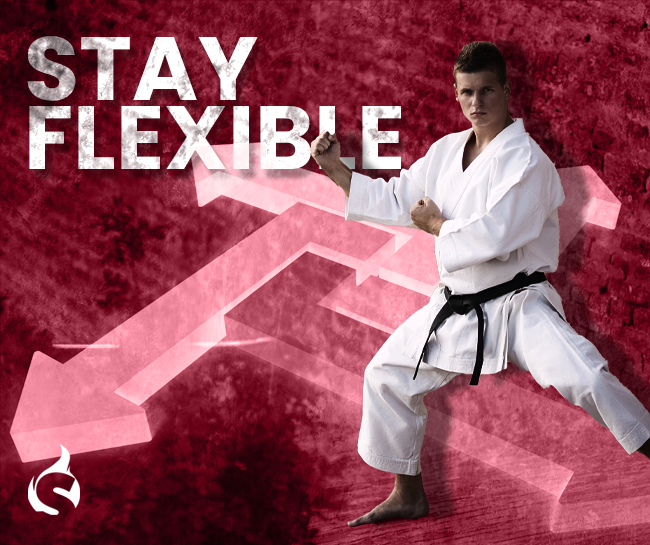
Running a martial arts school? Here’s a cool idea to keep things fresh and bring in more folks: start offering different kinds of fitness classes alongside your regular martial arts training. This isn’t just about shaking things up; it’s a smart move for several reasons.
Broadening Skill Sets for Holistic Development

First off, adding classes like yoga, Pilates, or some cardio workouts can really round out your students’ skills. These classes work on things like flexibility, balance, and endurance – stuff that’s super useful for martial arts but often gets overlooked. When your students are more well-rounded, they’re better at martial arts and less likely to get hurt.
Attracting a Diverse Student Base

Offering a mix of classes can also attract people who might not be into martial arts (yet). Someone might come in for a yoga class, then get curious about karate or judo. Before you know it, they’re signing up for martial arts classes too. It’s a great way to get more people through the door.
💡 This approach not only enhances your school’s community but also expands its appeal, potentially increasing enrollment.
Keeping Students Hooked

Variety is the spice of life, right? When your students have different classes to try, they’re less likely to get bored. This means they’ll keep coming back, and they’ll be excited about it. Happy, engaged students are more likely to stick around and tell their friends about your awesome school.
💡 By adding complementary classes like yoga or cardio, you provide variety that keeps students interested and engaged. This not only improves their skills but also increases retention and attracts new students.
Building a Community

Different classes mean different groups of people can mix and mingle. This can create a cool community vibe in your school. When people feel like they belong to a group, they’re more likely to stay loyal to your school.
Best Practices for Implementing New Classes

When you’re ready to add new classes to your martial arts school, it’s important to do it right. Here are some best practices to make sure your new offerings are a hit:
- Talk to Your Students: Before anything else, find out what your students are interested in. A quick survey or a casual chat can give you great insights.
- Start Small: Try introducing one new class at a time. This way, you can see how popular it is without overwhelming your schedule.
- Offer Trial Classes: Give your students a taste of what’s to come with a free or discounted trial class. It’s a great way to drum up interest.
- Get the Right Instructors: Make sure you have instructors who are not only skilled in these new areas but also fit well with your school’s vibe.
- Promote Internally First: Let your current students know about the new classes before advertising externally. They’re your best advocates.
- Gather Feedback: After the trial classes, ask for feedback. This will help you tweak things to better suit your students’ preferences.
- Market Smartly: Use your social media, email lists, and in-school notices to spread the word about your new classes.
- Monitor and Adapt: Keep an eye on attendance and student responses. Be ready to make changes if certain classes aren’t hitting the mark.
By following these steps, you can smoothly introduce new classes to your martial arts school and ensure they’re well-received by your students.
Stay Flexible

As you roll out new classes, keep an eye on what works and what doesn’t. Be ready to make changes based on what your students like. The fitness world always has new trends popping up, so staying open to change can help keep your school cool and relevant.
In short, adding different fitness classes to your martial arts school is a smart move. It makes your students better at martial arts, brings in new faces, and keeps everyone excited about coming to your school. Plus, it builds a great community vibe. Give it a try and see how it can help your school grow!
Ready to take your martial arts school to the next level? Use Spark Membership Software to effortlessly manage class schedules, track student progress, and handle payments as you expand with new fitness classes. Stay organized and enhance student engagement with this comprehensive tool. Give it a try and see the difference it makes in your school’s growth and success!